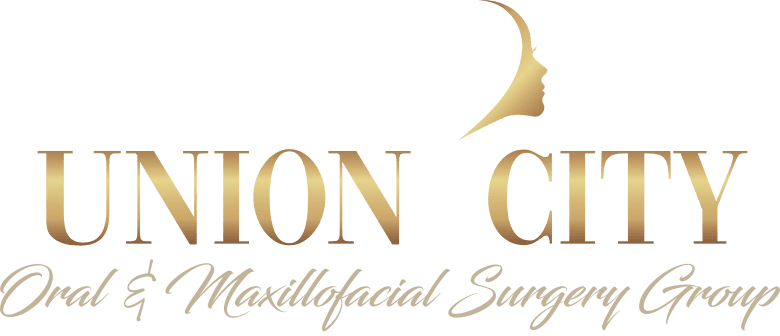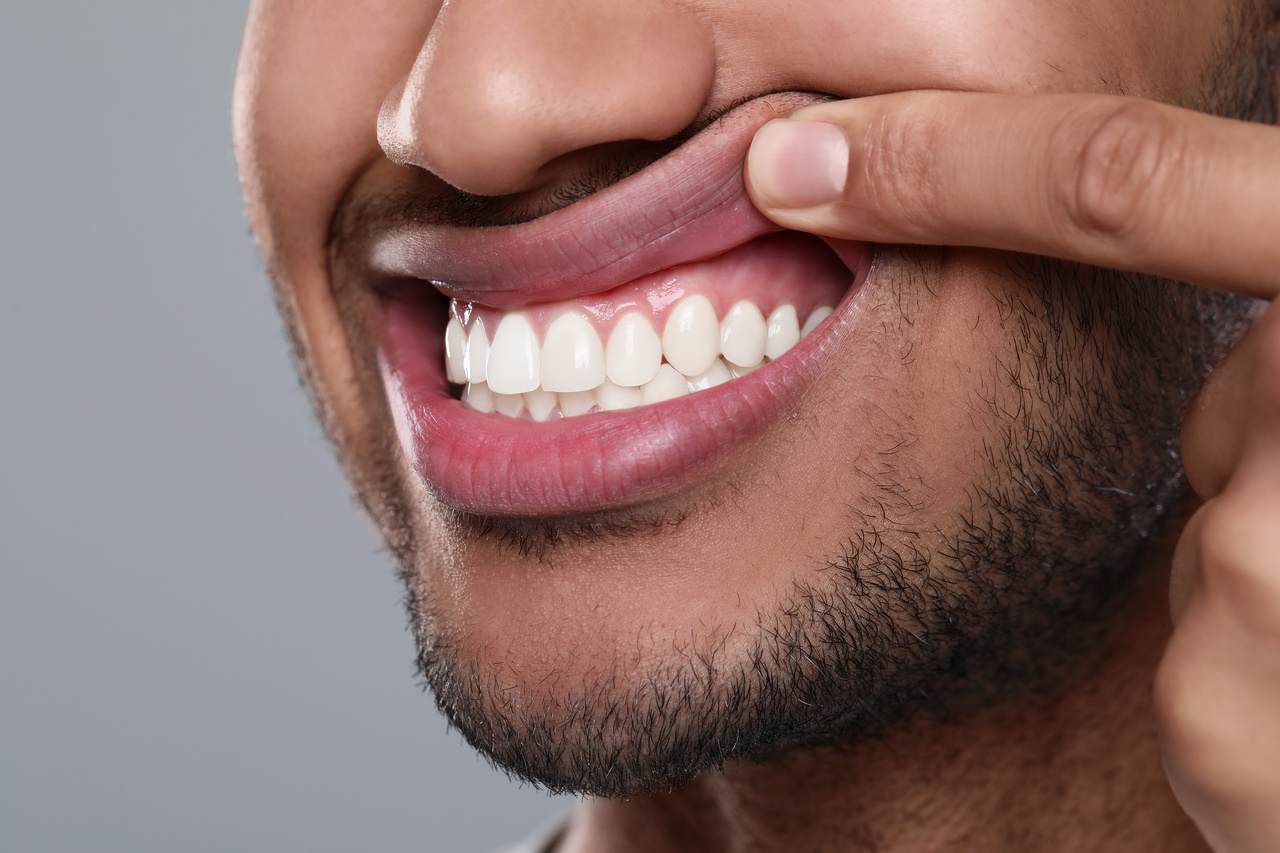When considering dental health, the condition of your gums is as crucial as the health of your teeth. Receding gums can lead to tooth sensitivity, increased risk of decay, and aesthetic concerns. One effective treatment for receding gums is soft tissue grafting. But how do you know if you are a candidate for this procedure? Let’s explore the factors that can make you a suitable candidate and the benefits you can expect from this treatment.
At Union City Oral Surgery Group, we understand the concerns you may have about your oral health and the appearance of your gums. Soft tissue grafting can restore both function and beauty to your smile. In this article, we will discuss what makes someone a candidate for soft tissue grafting, the procedure itself, and the benefits it can offer. If you’re experiencing gum recession, understanding these aspects can help you make an informed decision about your treatment options.
Understanding Gum Recession
Gum recession occurs when the margin of the gum tissue surrounding the teeth wears away or pulls back, exposing more of the tooth or its root. This can lead to tooth sensitivity, increased risk of decay, and potential tooth loss. Various factors contribute to gum recession, including periodontal disease, aggressive brushing, genetics, and poor oral hygiene. Addressing gum recession promptly is essential to maintaining good oral health.
Soft tissue grafting, also known as gum grafting, is a surgical procedure aimed at treating gum recession. The process involves taking tissue from another part of your mouth, usually the roof, and attaching it to the affected gum area. This not only covers the exposed root but also helps prevent further recession and protects against decay. The success of soft tissue grafting relies on healthy surrounding tissue and a commitment to maintaining oral hygiene post-procedure.
Patients experiencing significant discomfort or dissatisfaction due to receding gums often consider soft tissue grafting. However, it’s essential to consult with a dental professional to determine if this procedure is suitable for you. The condition of your gums, overall oral health, and the extent of gum recession are critical factors in this decision.
Who Needs Soft Tissue Grafting?
Not everyone with gum recession requires soft tissue grafting. Typically, candidates for this procedure include individuals with significant gum recession causing sensitivity, aesthetic concerns, or functional issues. If you notice your gums pulling away from your teeth or experience sensitivity to hot and cold foods, you might be a candidate for soft tissue grafting.
Those who have undergone orthodontic treatment might also benefit from soft tissue grafting, as braces can sometimes contribute to gum recession. Additionally, patients with thin or fragile gum tissue may find grafting necessary to strengthen their gums and prevent further recession. A thorough evaluation by a dental professional will help determine if this treatment is appropriate for your situation.
Candidates for soft tissue grafting should have good overall oral health. Conditions like active gum disease must be treated before considering grafting. Patients who smoke or have conditions that affect healing, such as diabetes, may need to take extra precautions or consider alternative treatments. Maintaining good oral hygiene is crucial to the success of the graft and overall dental health.
The Soft Tissue Grafting Procedure
The soft tissue grafting procedure begins with a thorough cleaning of the affected area. Your oral surgeon will then take tissue from the roof of your mouth or another donor site. This tissue is carefully placed over the area of recession and secured with sutures. The procedure is typically performed under local anesthesia, ensuring minimal discomfort during the process.
After the grafting procedure, patients can expect some swelling and discomfort, which usually subsides within a week. It is essential to follow post-operative care instructions provided by your surgeon, including maintaining oral hygiene, avoiding certain foods, and attending follow-up appointments to ensure proper healing. Successful healing leads to a healthier gum line and improved protection for your teeth.
Patients often experience immediate relief from sensitivity following the grafting procedure. Over time, the grafted tissue integrates with your existing gum tissue, providing a more natural appearance and better protection against further recession. The success of the procedure largely depends on the patient’s adherence to post-operative care and regular dental check-ups.
Benefits of Soft Tissue Grafting
Soft tissue grafting offers several benefits beyond aesthetic improvements. It reduces tooth sensitivity, especially to hot and cold stimuli, which can significantly enhance your quality of life. By covering exposed roots, the procedure also protects against root decay and potential tooth loss, contributing to better overall oral health.
Moreover, soft tissue grafting can enhance the appearance of your smile. Receding gums can make teeth appear longer and disproportionate. Grafting restores the natural gum line, resulting in a more balanced and pleasing appearance. This boost in aesthetics can improve self-confidence and encourage better oral care habits.
Long-term benefits of soft tissue grafting include the stabilization of gum health and the prevention of further recession. By addressing gum recession early, you reduce the risk of more severe dental issues down the line. Regular dental visits and proper oral hygiene practices will help maintain the results of the graft and ensure lasting oral health.
Is Soft Tissue Grafting Right for You?
If you’re experiencing discomfort or aesthetic concerns due to receding gums, you might be wondering if soft tissue grafting is right for you. The best way to determine this is through a consultation with a dental professional who can assess your specific situation. Factors such as the extent of gum recession, overall oral health, and personal preferences will play a role in deciding the appropriate treatment.
Understanding the benefits and process of soft tissue grafting can help you make an informed decision about your oral health care. Discussing your symptoms and concerns with your dentist will provide a clearer picture of your needs and the potential outcomes of the procedure. Together, you can create a treatment plan that best suits your oral health goals.
At Union City Oral Surgery Group, we offer comprehensive evaluations to determine if soft tissue grafting is the right solution for you. Our experienced team is dedicated to providing personalized care and ensuring you achieve the best possible results for your dental health and smile.
Why Choose Union City Oral Surgery Group?
At Union City Oral Surgery Group, we pride ourselves on offering state-of-the-art treatments and exceptional patient care. Dr. Nancy Herbst, with over 25 years of experience, leads our team in providing effective solutions for gum recession and other oral health issues. Our practice uses the latest technology and innovative techniques to ensure you receive the best possible outcomes.
We understand the importance of feeling comfortable and confident with your oral health decisions. That’s why we are committed to being there for you before, during, and after your procedure. Whether you have questions about soft tissue grafting or need guidance on maintaining your oral health, our team is here to help. Contact us at (201) 601-9262 or visit our contact form to schedule your consultation today.


